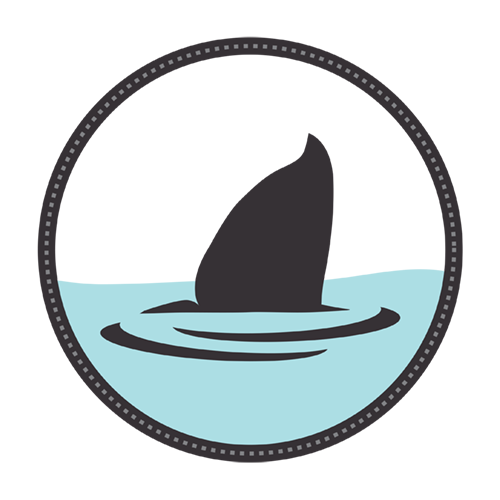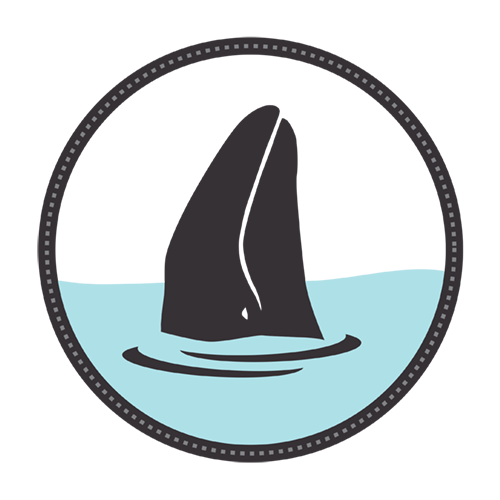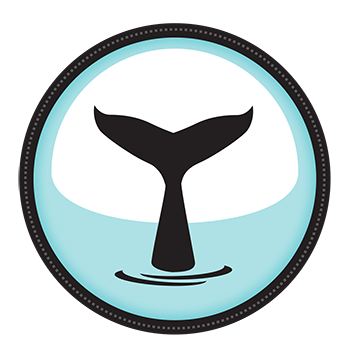When should I go
whale watching?
Your whale watching experience can vary greatly based on the time of year. This page is your guide to different whale behavior and when you can expect to see it.
Know Your Whale Behaviors

Spouting
This is the most common behavior regardless of the time of year. As whales and dolphins approach the surface they exhale, blowing spray into the air.

Sharking
This term is used to describe a whale rolling on it's side below the surface. This causes half of the tail to stick out of the water and can look like a shark fin.

Spy Hopping
Spy hopping refers to a whale raising its head out of the water, typically just past the eye.

Breaching
Breaching refers to a whale launching the majority of its massive body out of the water and crashing down. Some species such as the humpback breach often, while others, like the gray and blue whale, are much more seldom.

Fluking
When a whale takes a deeper dive, typically to feed, they will often flip their fluke completely out of the water.

Calves
During certain times of the year it is not uncommon to see calves swimming right along side their mothers.

Lunge Feeding
More common with species such as the Humpback, this refers to a whale thrusting its head out of the water during feeding.
Winter
Winter brings the southern migration of the gray whale, so there are literally tens of thousands of them passing by the Oregon coast. However, these whales are on a mission to get down to Mexico so they tend to stay 1-2 miles offshore so make sure to bring your binoculars.


Spring
Towards the end of March comes the northern gray whale migration. Much like during the winter, these whales are on a mission as well, this time to return to Alaska to feed. But during the Spring migration, mothers have their newborn calves in tow and tend to stay closer to shore to avoid predators such as killer whales. Mom and calf pairings can be seen from about the end of April up until the beginning of summer.



Summer
Ah, summer. The champagne of whale watching season in Oregon. During the summer months we see hundreds of gray whales, known as the summer feeding group, lingering off of the Oregon coast feeding on the abundant food sources in our waters. This is when we see whales in as shallow as 8 feet of water. Unlike winter and spring, the summer doesn’t require binoculars since whales can be spotted just feet off of the shore.







Fall
Whale watching in Oregon peaks (in our opinion) in September, when the ocean tends to calm down and the weather on the coast becomes incredibly pleasant. The summer feeding group tends to stay prominent until the end of October, when stragglers have gone north and some might already be headed back south again.






